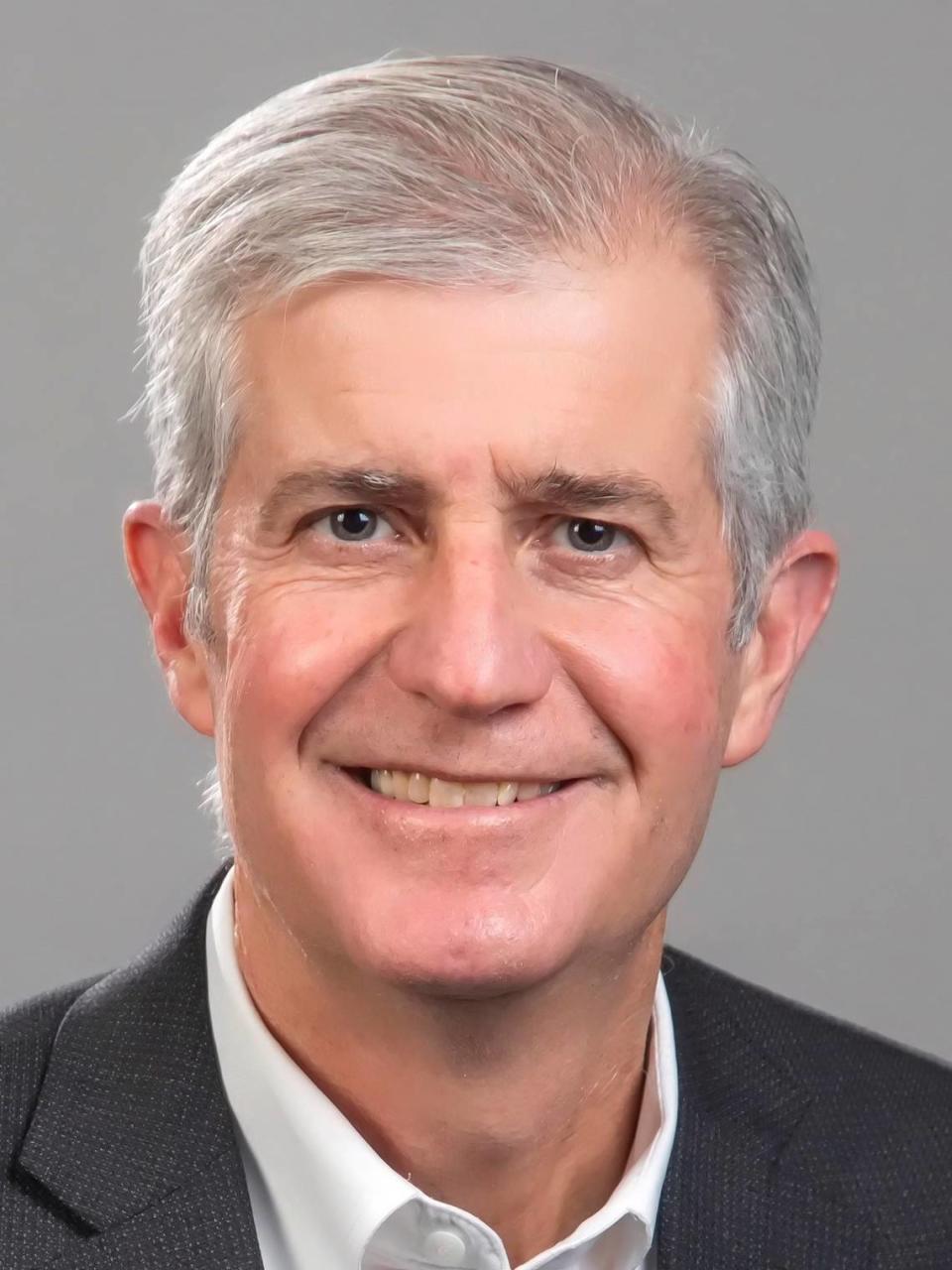Congress raised the debt limit. But the economic cost of heavy spending persists
Two years ago in this column, I called it the problem that “never seems to go away.”
The topic: our nation’s legal limit on the amount of debt the federal government can take on. Like a lingering cold, it’s upon us again.
Treasury Secretary Janet Yellen and the Congressional Budget Office predicted this year that the federal government would soon run out of cash to make payments on our more than $31 trillion of debt or other current obligations. Remember, however, that even though Congress and President Biden came to an agreement in June to raise the borrowing limit, it will be only a short-term fix.
The larger, and more important, question is where and how the government is spending cash.

Again, economic theory and historical data show that whether the government borrows cash or raises taxes, the impact on the economy is the same (a theory known as Barro-Ricardo equivalence). When the government borrows to spend now, the public buys up the new bonds, and in so doing, buyers reduce current consumption just as they would with a new tax.
The national debt issue can be addressed only by changing government-spending behavior. Just as households today are forced to make trade-offs in the face of rising prices, so too must the government.
Not surprisingly, the choice is between raising taxes and cutting spending. Higher taxes may help, but historical experience demonstrates that higher tax rates don’t ensure higher tax revenue. Since 1945 the federal government has never taken in more than 20% of income through taxes, despite widely varying tax rate policies over these many decades.
The economic theory used to explain this result is simply that incentives matter. Taxpayers respond to higher taxes by diverting or hiding income subject to taxation. The higher the tax rate, the greater the incentive to do so.
Earlier this year, Idaho Sens. Mike Crapo and Jim Risch joined in the introduction of Senate Resolution 13, which would amend the U.S. Constitution to require a balanced budget, as the Idaho constitution requires for state government. However, this will require these same members of Congress to propose limits or reductions on Social Security, Medicare and Medicaid, which alone constitute nearly half the federal budget. Thus, it’s all about the spending.
To get over this cold, it’s government spending, not government revenue, that has to be treated.
Peter Crabb is a professor of finance and economics at Northwest Nazarene University in Nampa, Idaho. prcrabb@nnu.edu

